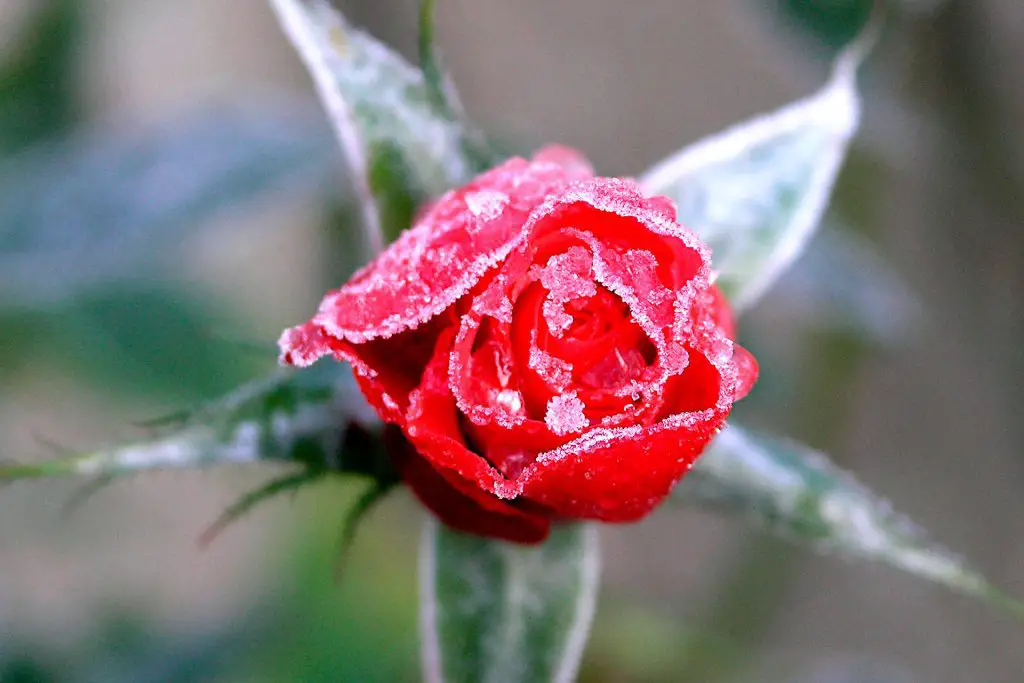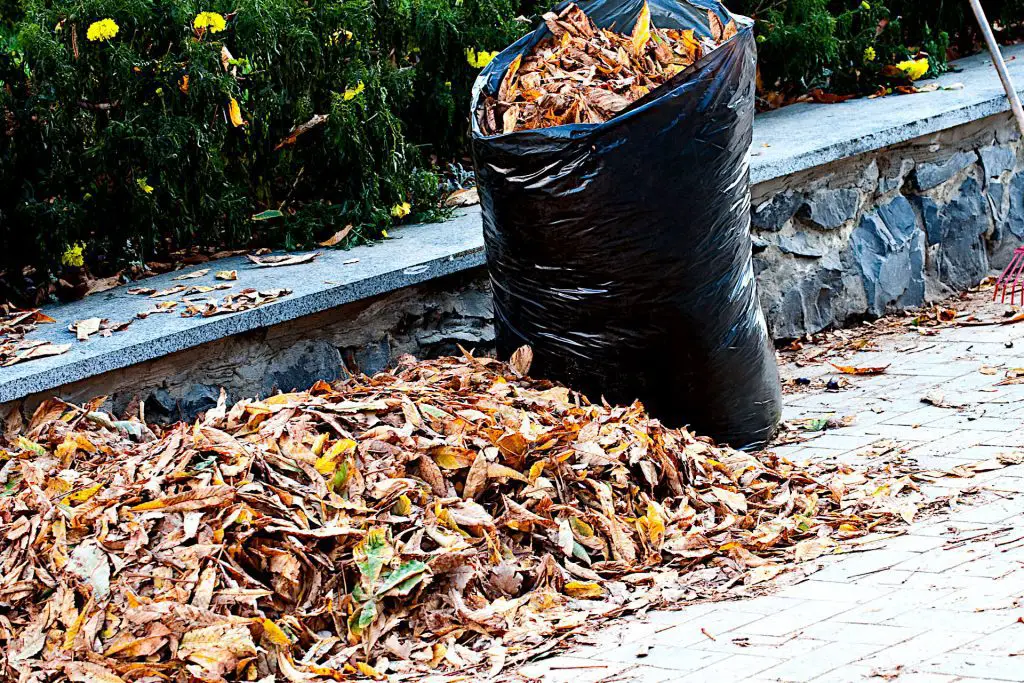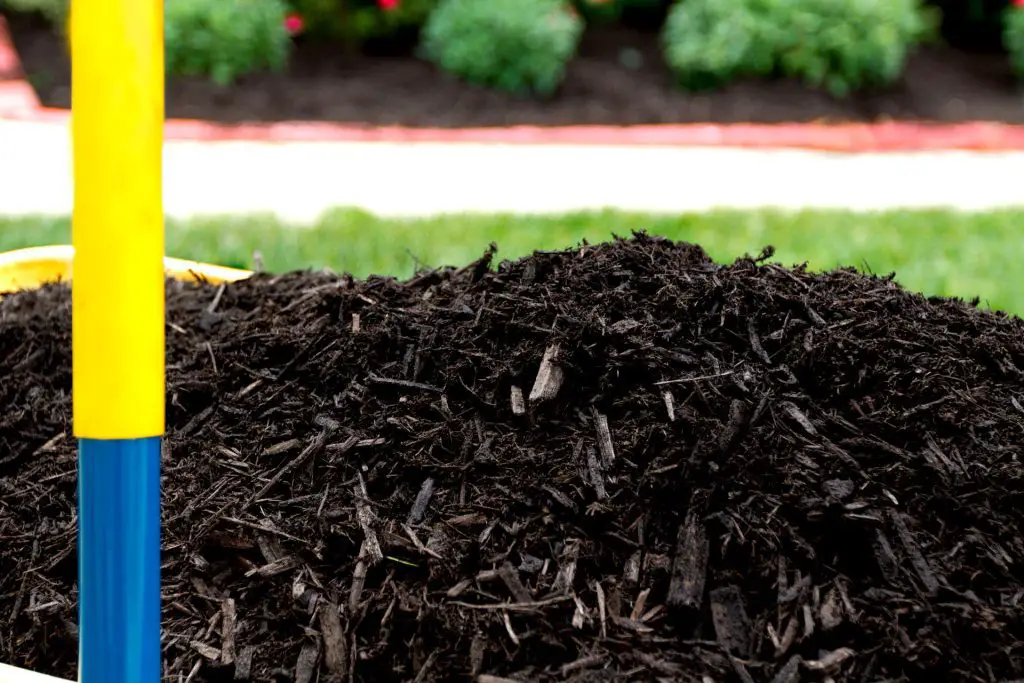Winter is Coming But Your Garden Still Needs You – November Gardening Tasks
- Plant in November to grow winter vegetables like garlic and peas and ensure spring bulbs bloom next season.
- Start compost piles with leaves and grass in November and condition soil before freezing temperatures.
- Tackle winter weeds in late fall and mulch garden borders in November to insulate soil.
November is upon us and despite being deep into fall there is still plenty of winter garden preparation that needs to be done to get it ready for next spring. For some tasks, this might be the last opportunity that you get before the ground freezes, for others, it is about making your garden ready for the coming cold weather.
Of course, some of the November gardening tasks that you can undertake are climate-dependent and your gardening calendar. However, irrespective of where you are based there are certain jobs that you can do as the clock ticks over into November.
As well as getting your plants ready for dormancy, November can still present planting opportunities. It is a time when you are going to find an abundance of organic material that you can use in a number of different ways. Below is a series of fall gardening tips and tasks that will help you lay the foundations for your garden to burst into life next spring.
| Gardening Task | Summary of the Task | Checkbox |
|---|---|---|
| Planting Vegetables in November | Explore the possibility of planting hardy winter vegetables like garlic, cabbage, and peas in November for an early crop. | [ ] |
| Planting Spring Bulbs | Consider planting spring bulbs in November to allow their roots to establish before winter, but be cautious of unseasonably warm weather. | [ ] |
| Selected Pruning | Prune certain plants like roses and lavender in early November to prepare them for winter conditions. | [ ] |
| Planting Roses | The best time to plant bare root roses is from November to February when they are dormant for quick establishment and flowering. | [ ] |
| Cutting Back Annuals | Trim back annuals in early November to encourage bushier growth and larger blooms. | [ ] |
| Take Hardwood Cuttings | November is ideal for taking hardwood cuttings of various plants for replanting. | [ ] |
| Creating Leaf Mold | Consider creating leaf mold from fallen leaves as an alternative to traditional compost for soil improvement. | [ ] |
| Starting a Compost Pile | Start a new compost pile in November using the abundance of organic material like fallen leaves and grass clippings. | [ ] |
| Condition Your Soil | Before freezing temperatures set in, condition your soil by adding manure, peat moss, or other soil amendments. | [ ] |
| Take Up and Store French Lavender and Gladioli | In November, prepare and store plants like French Lavender and Gladioli to protect them from winter weather. | [ ] |
| Get Rid of Annual Weeds | Late fall is a good time to tackle winter annual weeds to prevent them from spreading in the spring. | [ ] |
| Adding Mulch to Boarders and Garden Beds | Add mulch to garden borders and beds in the fall to insulate soil and regulate temperature for plant survival. | [ ] |
Planting Vegetables in November
It is still not too late to plant some hardy winter vegetables. There are a number of vegetables that can survive cold weather and frost and provide you with an early crop. Some of the most robust vegetables suitable for planting in November include garlic, (plant six weeks before a deep freeze for peak growth), cabbage, mustard greens, radishes, broad beans, and peas.
Planting Spring Bulbs
Bulbs that bloom in the spring are usually planted in the fall so that their roots can take hold before the colder winter temperatures arrive. It can be tricky to get the timing right as unseasonably warm weather can see the bulbs sprout and generate top growth, which is likely to be destroyed when the depths of winter cold kick in. However, if you leave it too late your bulbs might not have time to take hold before the cold of winter. November is often seen as an opportune time to plant your bulbs.
Selected Pruning

Generally, late fall is not considered a great time to prune back plants as with dormancy approaching there will not be much if any new growth to heal the cut. There are though, some plants that you can prune and cut back such as roses and winterizing your lavender.
The optimal window for most rose pruning is two to four weeks before your expected last frost. This often means early November. You should look to prune the top third out of the plants to ensure that they are damaged by snow or their stems become brittle through heavy freezing.
Planting Roses
In addition to pruning, November through until the end of February is the best time to plant ‘bare root roses’. This is the name given to roses in a dormant state that are the bare roots and stem/stork, Generally, around two years old, they are best planted when dormant. They will take and establish themselves fairly quickly and should flower in the first year.
Cutting Back Annuals
Early November is a good time to think about cutting back annuals. These plants are all about blooming and producing seeds. By preventing them from going to seed you force them to put more energy into regrowing. The more you cut the bigger and faster they tend to regrow. So by cutting back the plants by a third, you can produce bushier plants with larger blooms.
Petunias, Calendula, Pansies, Bacopa, Million Bells, and others that don’t have a predominant central stem. Avoid cutting back those that do have central stems such as Marigolds and Snapdragons.
Take Hardwood Cuttings
The best time to take hardwood cuttings is after the plant’s leaves have fallen and the plant has become dormant, but before hard frosts have set in. This makes November the ideal time to take cuttings for replanting.
This is particularly suitable for fruit plants such as blackcurrant, mulberry, and gooseberries. In addition, it is also the perfect time to take a cutting from the majority of deciduous shrubs such as dogwood, butterfly bush, and mock orange, as well as climbing plants such as honeysuckle, Jasminum, and Vitis.
Creating Leaf Mold

Being deep into fall, you may look at a lawn and yard full of fallen leaves. You might be looking to add them to your general compost pile or just dispose of them. Another option is creating leaf mold, a type of compost that differs from traditional compost in that the only decomposed material is leaves.
Leaf Mold is easy to make, and short of gathering the leaves, requires almost no effort. Leaf mold has many benefits and although not as nutrient-rich as compost, improves the overall health and structure of your soil.
Starting a Compost Pile
November can be a great time to start a new compost pile. The reason is simple: You’re going to have a lot of fresh, organic material at your disposal in November. This is the perfect time to make your compost pile because you’ll have all those leaves that are now falling from trees, as well as the grass clippings from your lawn. If you manage your winter composting process correctly you can end up with humus in three to six months.
Condition Your Soil
November stands as a pivotal month in the gardening calendar. Before the icy fingers of winter grip the ground, you have a golden window to enhance your soil’s vitality. Those bare patches in your garden? They’re not just empty spaces; they’re opportunities.
The Magic of Manure and Peat Moss
Imagine giving your plants a five-star meal. That’s what manure does. Rich in nutrients, it revitalizes the soil, ensuring your plants get the nourishment they crave. On the other hand, peat moss plays a different yet equally vital role. It retains moisture, ensuring your plants never go thirsty, and aids in breaking up compacted soil, allowing roots to breathe and grow freely.
Other Soil Amendments
While manure and peat moss are fantastic, don’t overlook other soil amendments. Depending on your soil’s needs, consider adding compost, bone meal, or even sand. Each amendment serves a unique purpose, from boosting nutrient levels to improving drainage.
Prepping for Spring
By conditioning your soil in November, you’re not just preparing for winter; you’re setting the stage for a vibrant spring garden. When the first buds of spring emerge, they’ll find a rich, nourishing environment, all thanks to your foresight and dedication.
Take Up and Store French Lavender and Gladioli
November probably presents the last chance you have to take up plants like French Lavender, Dahlia’s, and Gladioli and store them away from the winter weather. You can put them in loam and sand that is slightly damp so that they are in good condition to replant when the warmer weather comes.
Get Rid of Annual Weeds
Late fall presents a unique advantage in the battle against weeds. As winter’s chill approaches, weeds become more susceptible to control measures. They’re preparing to spread their seeds, making this the perfect moment to intervene.
The Usual Suspects
Among the culprits, you’ll often find henbit, deadnettle, and common chickweed. These winter annual weeds are crafty. They rely on various methods, from tilling to snow, and even our furry friends, to disperse their seeds. But with keen observation and timely action, you can prevent their spread.
November: Your Window of Opportunity
November isn’t just about falling leaves and preparing for the holidays. It’s your golden opportunity to tackle those pesky weeds. By addressing them now, you’re not only ensuring a cleaner garden for the winter but also setting yourself up for a smoother spring. Imagine a garden in spring, free from the tyranny of weeds, where every plant has the chance to shine.
The Reward of Proactivity
By being proactive in November, you’re saving yourself hours of future weeding. It’s an investment in your garden’s health and beauty. When spring’s first green shoots appear, they’ll be free from competition, allowing your garden to flourish.
Adding Mulch to Boarders and Garden Beds

There are several reasons why adding mulch to your boarders and garden beds in fall is a good idea and why it should be added to your list of November gardening tasks. The most important one is that it insulates the soil and better regulates the soil temperature. This helps plants survive ground frost and the worst of the winter by preventing plant roots and bulbs from reacting to temperature changes that happen during winter.
Final Thoughts: November Gardening Tasks
Obviously, the gardening tasks that you can carry out in November are largely going to be based on the climatic conditions of your area. Above are some of the tasks that you can do if you live in a more temperate climate such as the Mid-Atlantic, North East, or Europe.
In truth, these are just some of the tasks. There are many others from taking down plant supports, cleaning out pots and equipment, clearing paths, and giving your lawn one last mow. There will still be much to do in terms of gardening tasks in December as winter starts to take hold.
